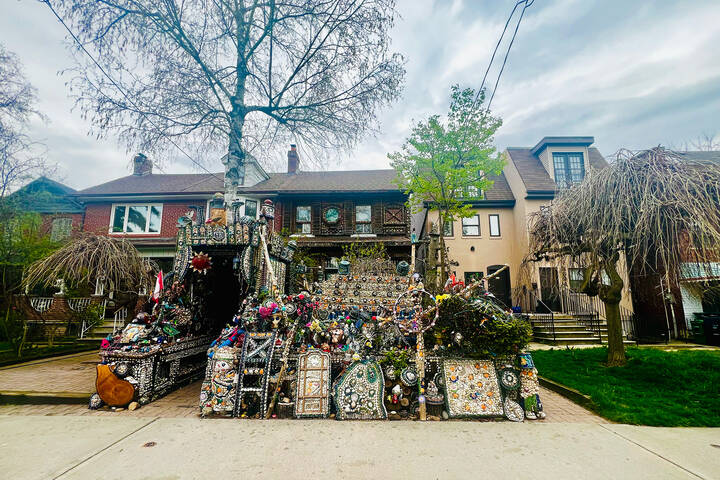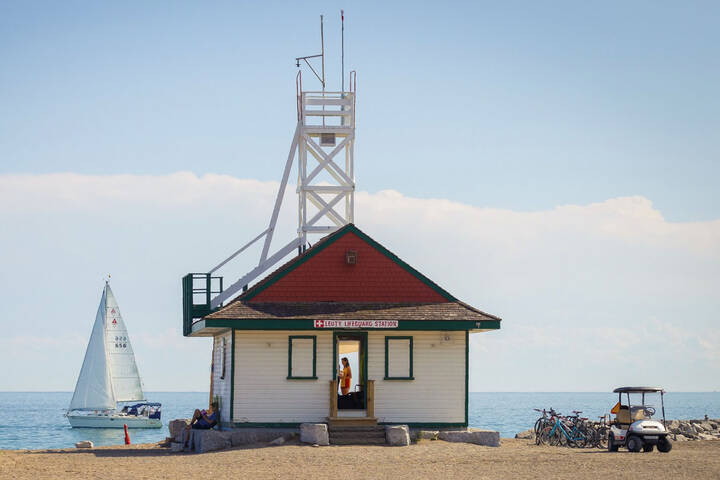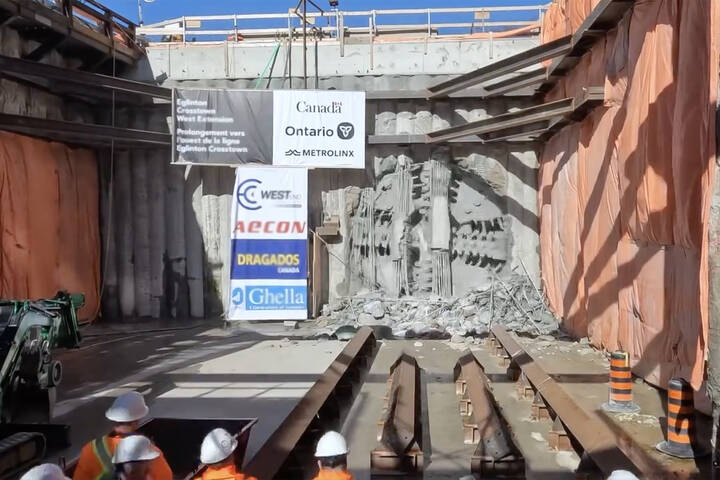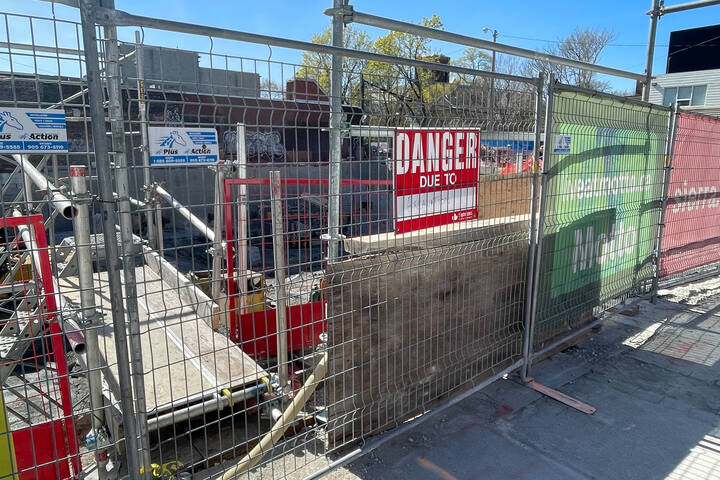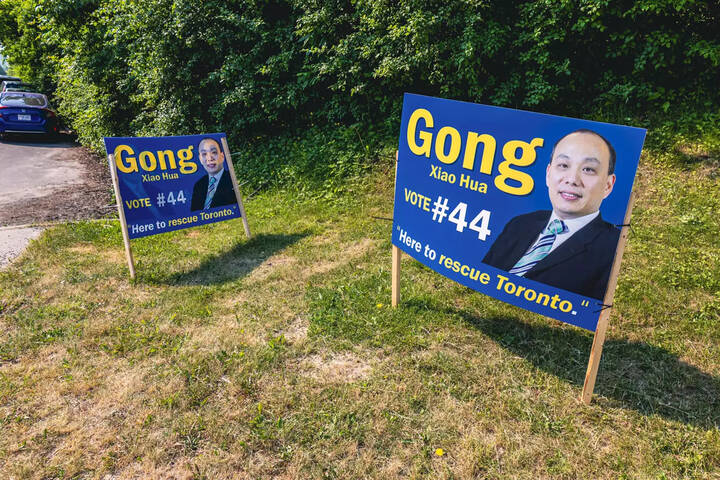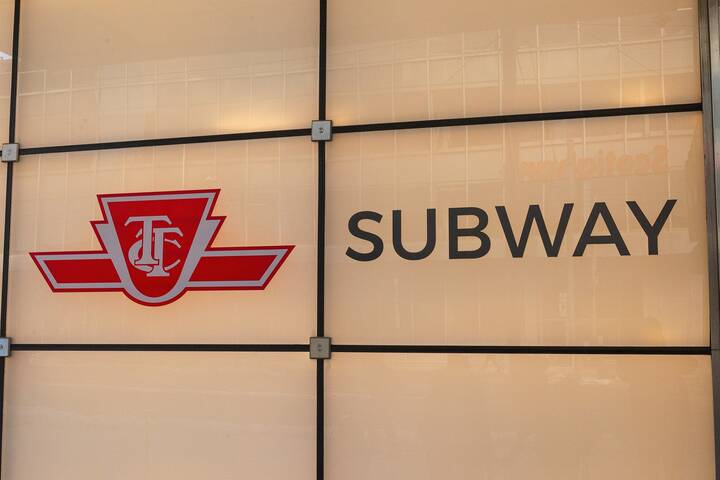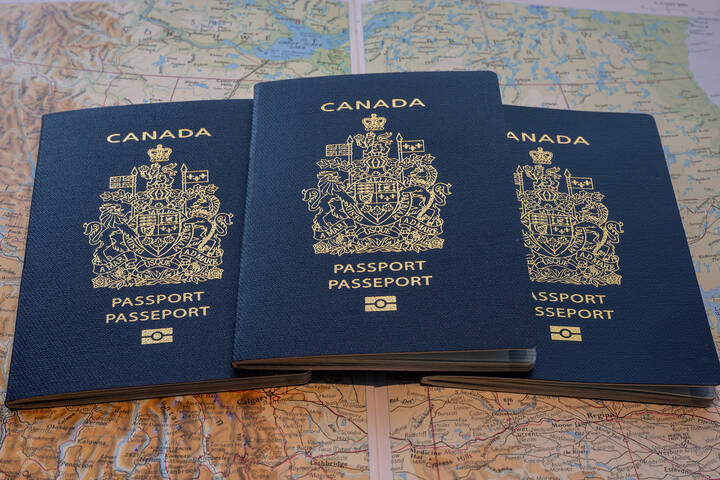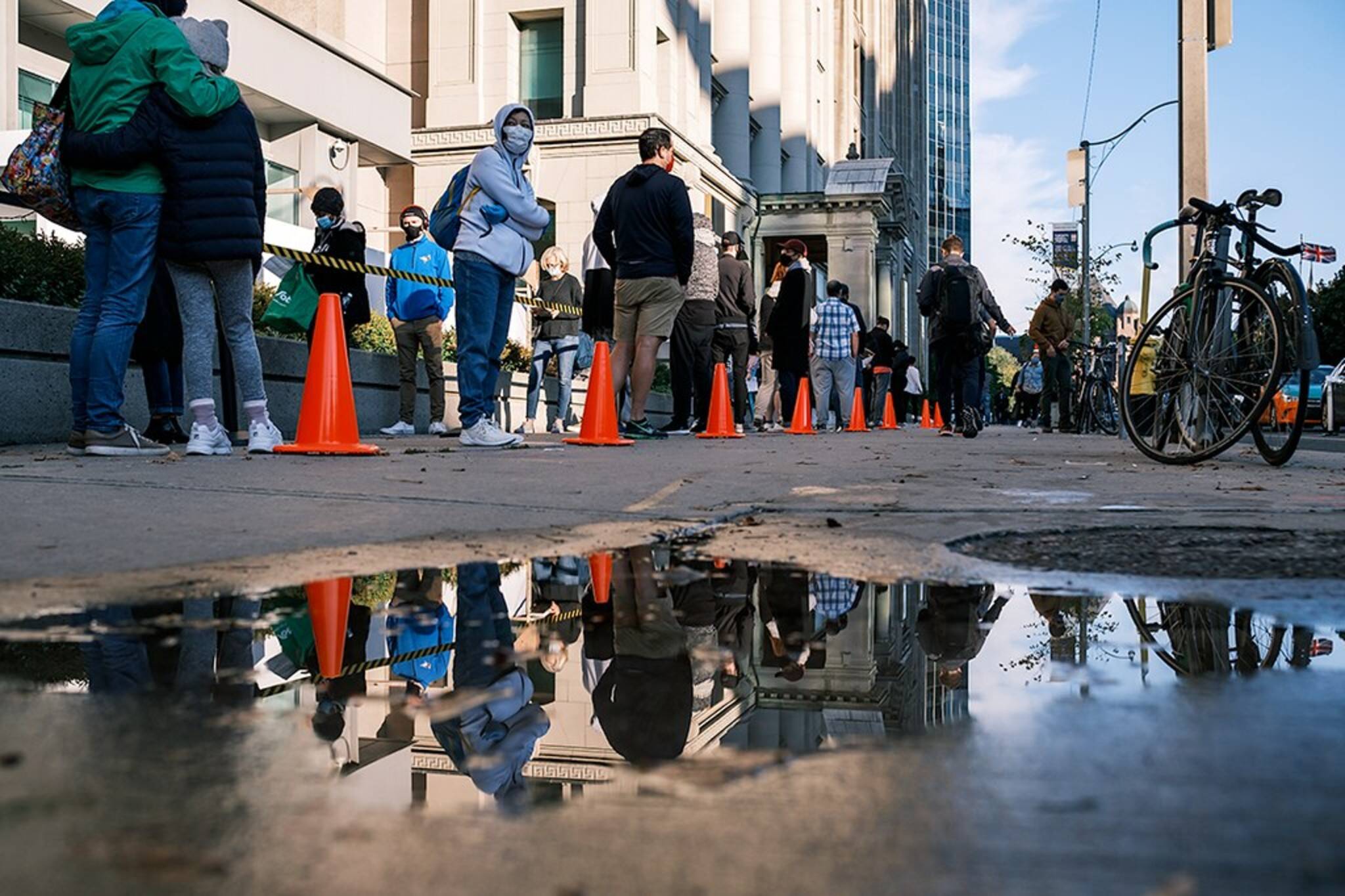
These Toronto neighbourhoods have the highest percentages of positive COVID-19 tests
Toronto Public Health just released a new neighbourhood map showing the per cent positivity of COVID-19 in areas throughout the city — which reflects the number of positive cases per 100 people tested for a given week — and it once again demonstrates that certain communities in the city are being disporportionately affected by the virus and a lack access to testing.
The most recent data (from the week of Oct. 4), which is incomplete, shows that several neighbourhoods in the city's northwest corner have per cent positivity rates well above 3 per cent, which is considered a critical threshold by Toronto Public Health.
Toronto Public Health's COVID-19 website now includes testing maps that use provincial data to show percent positivity by neighbourhood. Percent positivity is the # of positive cases per 100 people tested in the area for a given week. Maps available at: https://t.co/sfmrt5YaN8 pic.twitter.com/K0o0e73K95
— Joe Cressy (@joe_cressy) October 19, 2020
Neighbourhoods including West Humber-Clairville (7.9 per cent), Black Creek (10.8 per cent), Mount Olive-Silverstone-Jamestown (7.7 per cent), Humbermede (9.6 per cent), Glenfield-Jane Heights (8.8 per cent), Kingsview Village-The Westway (7.4 per cent), Elms-Old Rexdale (8.6 per cent), and Brookhaven-Amesbury (12 per cent) all reported per cent positivities well above the 3 per cent threshold between Oct. 4 and 10, as did a number of other neighbourhoods scattered throughout the city.
Toronto's current city-wide average, meanwhile, is roughly 3.1 per cent positivity.
And many of the areas with high per cent positivity rates also reported low testing rates, prompting Medical Officer of Health Dr. Eileen de Villa to state during the city's press briefing Monday that increased testing is clearly needed in certain neighbourhoods to get a better picture of the situation.
"Where COVID-19 is hitting hardest, tailored, targeted action is needed," she said.
In some areas of the city, though, we are seeing high percent positivity and low testing rates. This indicates a problem. Testing must be expanded and made more accessible in these areas, and additional protections and supports introduced to reduce transmission.
— Joe Cressy (@joe_cressy) October 19, 2020
Speaking to reporters Monday afternoon, Dr. de Villa explained that per cent positivity should not be used in isolation and instead has to be considered in tandem with other factors such as the number of cases and testing rates.
She said in combination with a low testing rate, a high per cent positivity may signal insufficient testing and/or limited availability of testing. But an area with high case rates, high per cent positivity, and high testing rates, on the other hand, suggests a high degree of virus transmission.
Dr. de Villa called Toronto's current overall infection rates "worryingly high," adding that 35 per cent of the city's total cases since the pandemic first began have been contracted in the 10 weeks since Aug. 1.
"Our individual choices are adding up to a high price paid since then, and we know that there is still a long road ahead," she said.
She also said, on a more positive note, that school openings do not seem to be driving the resurgence in cases for the most part.
But cases are rising nonetheless and, as of Monday, Toronto is reporting a total 268 new cases of COVID-19.
Today's summary of #COVID19 cases in Toronto: as of 2 p.m. on October 18, there have been 24,624 cases (268 new since October 17), 107 people are hospitalized (13 new), 1,337 deaths (1 new) & 20,803 people have recovered (219 new). More info: https://t.co/QVZqnUZ9St pic.twitter.com/I8Uot17tQ6
— Toronto Public Health (@TOPublicHealth) October 19, 2020
In response to increased transmission as well as the fact that the virus is known to disproportionately affect more marginalized members of society, the Toronto Board of Health unanimously approved a motion to develop and publish a Toronto COVID-19 Response Equity Action Plan at its meeting earlier today.
#COVID19 rates remain worryingly high & today the #bohTO approved targeted actions. Many of us are living through #COVID19 are greatly stressed & inconvenienced by the sacrifices we must make, but pls keep protecting each other. Read my statement: https://t.co/DO2Ix9JUbr
— Dr. Eileen de Villa (@epdevilla) October 19, 2020
"Given the disproportionate impact of the pandemic on low-income and racialized Torontonians, the Equity Action Plan will help to ensure that all necessary measures are being taken to protect the most vulnerable in our city," said Board of Health Chair Joe Cressy in a statement.
"The Board has called on the Province of Ontario and the Federal Government to follow suit and develop their own COVID-19 Response Equity Action Plans."
In addition to the plan, the board also voted to endorse a number of new recommendations from Dr. de Villa.
These include increasing access to testing in high-transmission neighbourhoods, making public health information more accessible and available in more languages, increasing infection prevention supports for community agencies, supporting overdose protection and harm reduction approaches, and advocating to the Ontario Government for income supports, eviction prevention, and paid sick leave for employees.
"We aren't all equal when it comes to this pandemic. Whether you get COVID or not shouldn't depend on where you live, how much money you make, or the colour of your skin. But our data shows that it does," said Cressy.
"If we're going to beat this second wave, all levels of government must do a better job protecting those who are most at risk."
Latest Videos
Latest Videos
Join the conversation Load comments
